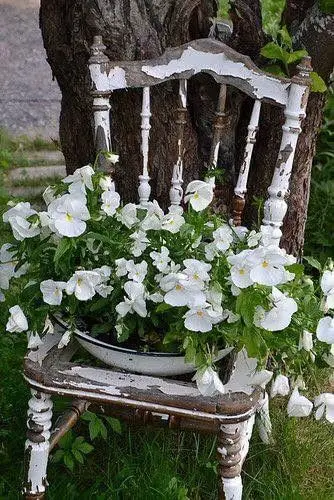Drought Tolerant Plants Attracting Pollinators: Try Xeriscape Gardening And Attract Bees Butterflies Hummingbirds
The article explores two fascinating plants, Butterfly Weed and Lantana. It delves into the different cultivars and regions where these plants can be found, offering readers a comprehensive overview of their cultivation and distribution.
Planting Butterfly Weed
Butterfly weed, a hardy perennial, thrives in zones 4-9, producing vibrant blooms from midsummer to fall. The plant’s unique milkweed-shaped pods offer winter interest, adding an extra layer of charm to its already impressive appearance. These clusters of yellow, gold, and orange hues are arranged in intricate patterns on the upright stems, which can reach heights of 1-2 feet.
As a vital host plant for monarch butterfly caterpillars, it’s essential for any garden seeking to support these magnificent creatures. The plant’s oblong leaves provide a nutritious food source for the developing butterflies. In terms of growing conditions, butterfly weed prefers full sun and well-draining soil. Once established, it becomes surprisingly drought-tolerant and can even withstand poor soil quality.
This resilience makes it an excellent choice for gardens with less-than-ideal soil conditions. Its adaptability also enables it to thrive in a variety of garden settings, including prairie, meadow, native, and wildflower plantings. The butterfly weed’s ability to outcompete grasses and attract wildlife makes it a valuable addition to any garden.
It’s worth noting that, while aphids can be a nuisance, allowing natural beneficial insects to control the population is generally the most effective and environmentally friendly solution. Insecticides, on the other hand, can harm the very butterflies and wildlife that these gardens aim to support.
Cultivars of Butterfly Weed
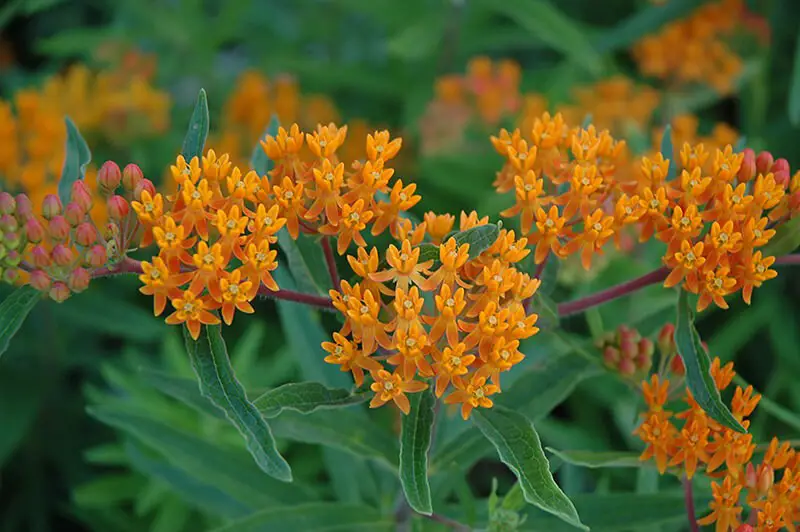
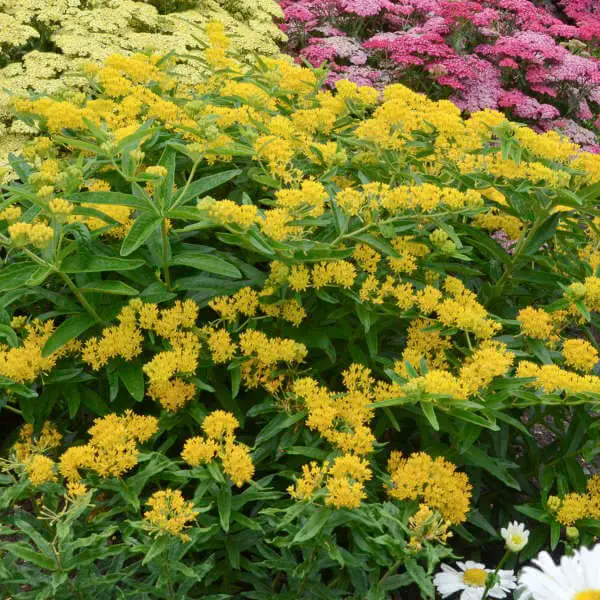
For a pop of color in your garden, consider the ‘Gay Butterflies’ marigold variety. Its unique blend of orange, red, and yellow hues is sure to attract attention. Alternatively, ‘Hello Yellow’ boasts vibrant yellow blooms that complement the rich magenta and purple tones of coneflowers perfectly, making for a striking combination.
Regions of Butterfly Weed
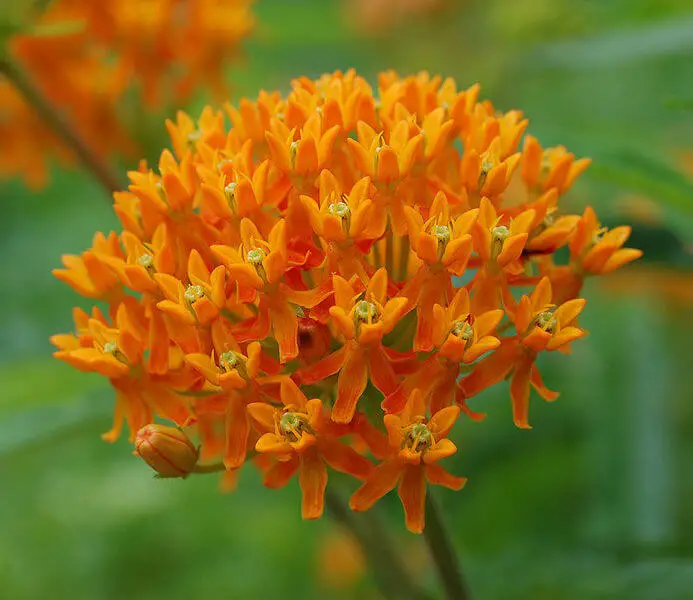
The Asclepias tuberosa, commonly referred to as butterfly weed, is a striking member of the milkweed family. Native to regions stretching from northern New England to southern Minnesota within the United States, this plant has adapted to various terrains. In particular, in northern Wisconsin, it’s affectionately known as Indian paintbrush and thrives along rural roads lined with sandy gravel.
Planting Lantana
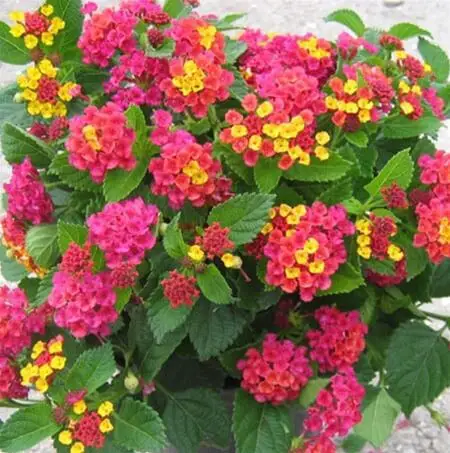
The lantana plant boasts a robust structure consisting of sturdy stems and vibrant green foliage with a pungent aroma. Each flower cluster is a kaleidoscope of colors, eventually giving way to berries unless deadheaded. This versatile plant grows between 1-6 feet tall and wide, making it an ideal choice for hanging containers as well as a ground cover. With a hardiness range spanning zones 8-11, lantana thrives in full sun and exhibits impressive heat and drought tolerance.
Its durable nature also renders it deer-resistant, although caution is advised when handling the plant’s toxic leaves if ingested by children or family pets. A prime selection for bee, butterfly, and hummingbird gardens, whether in a container garden or planting bed, lantana’s fragrant blooms make it a standout choice for scented gardens.
Cultivars of Lantana
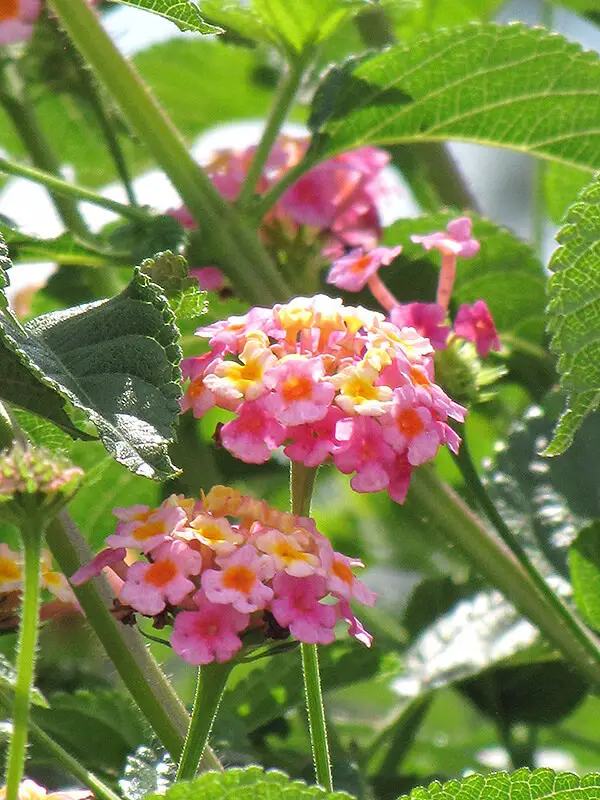
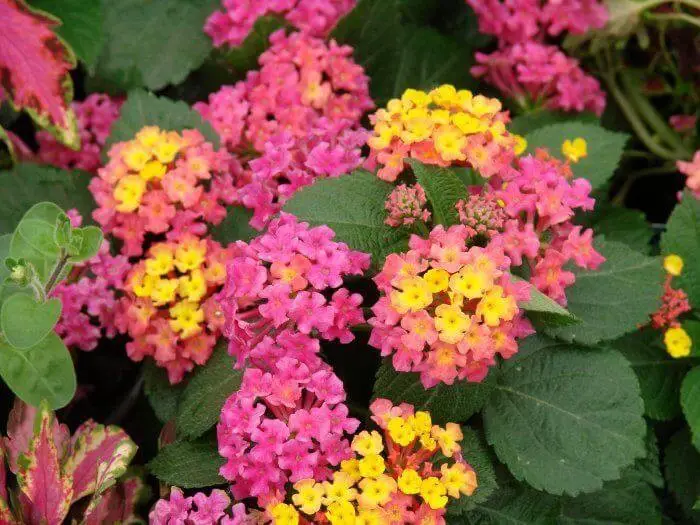
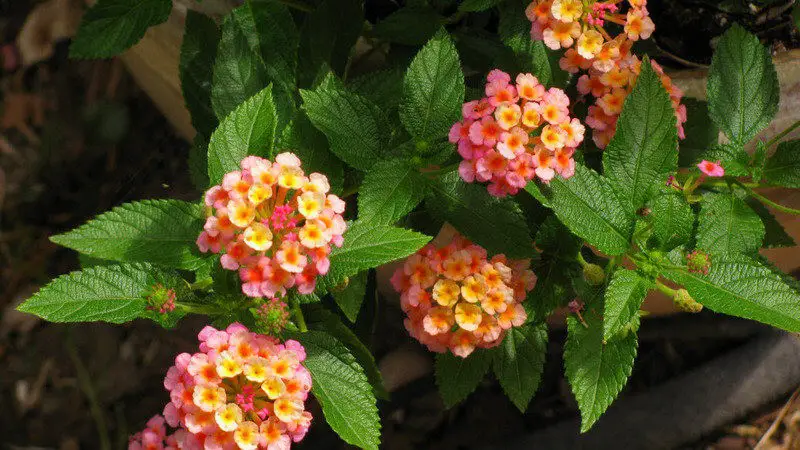
When it comes to selecting the perfect lantana plants for your garden, there are a few key details to keep in mind. Here are some specific varieties to look out for:
‘Tropical Fruit’ is an impressive option that grows up to 18-24 inches tall and requires about 16-22 inches of spacing.
In contrast, ‘Anne Marie’ is a more compact lantana variety that only reaches 12-14 inches in height but has the added bonus of trailing out at around 24-36 inches.
For those who prefer something a bit more manageable, ‘Peach Sunrise’ from Ball’s Landmark series is a great option. This variety tops out at around 12 inches tall and needs about 18-24 inches of spacing to spread out.
Regions of Lantana
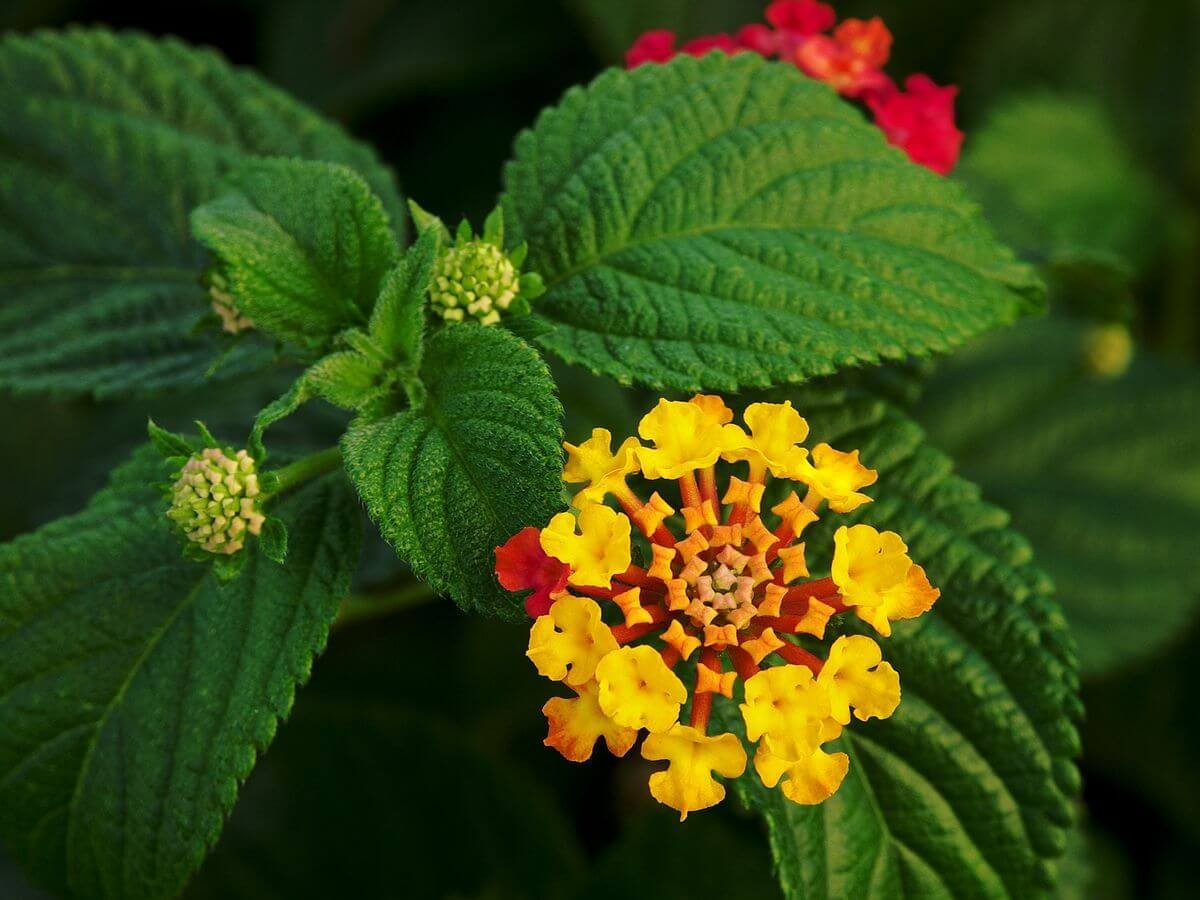
While Lantana camara is often cultivated as an annual plant in northern regions of the United States, it has the potential to grow into a shrub-like form in warmer climates. This versatile plant originates from Central and South America, but it has become established in Australia where it is perceived as an invasive weed. On the other hand, xeriscape gardening offers a clever approach to conserving water by utilizing plants that thrive in arid conditions.
By incorporating native species into your xeriscape design, you can create a welcoming habitat for local bees, butterflies, and hummingbirds.





